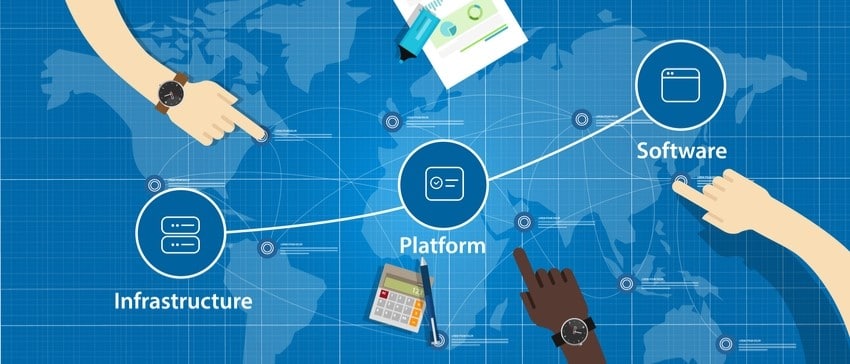Every organization needs to purchase goods and services. For that reason, procurement is now considered a core business function across all industries, and within both the private and public sectors. But often, there are more differences than similarities between the role of the same department in each sector.
As any headhunter in the procurement field will tell you, though the job titles may be the same, the skills acquired in each sector are not necessarily interchangeable.
The comparison between public and private sector procurement and the debate about what really constitutes procurement best practice is often wrought with generalizations and one-upmanship. The public sector is branded archaic, bureaucratic and stuffy. The private sector: Dynamic, innovative and free. There are truths in both statements.
In this blog, we will consider the differences between each sector, how the two sectors are beginning to converge, and discover what each side of the fence could learn from the other.
Context is key
When it comes to procurement best practice, it is important to understand that there is no right or wrong. There is the right solution for the specific set of circumstances. Context is the most important consideration when determining which strategies and approaches constitute best practice.
The main difference between public and private sector establishments are their motivations. In the case of For-Profit organizations, there’s a clue in the title; profit margins, working capital, bottom lines and growth are the main objectives of the procurement function. For public sector organizations, the objectives are more complex, with political, legal and social factors to consider.
In short, while private sector organizations answer to the board and shareholders, the public sector answers to, well, everybody.
Common Ground
The public sector has always been more risk-averse when it comes to expenditure. This risk aversion has been key to shaping how the procurement function operates. It calls for transparency, traceability, and the ability to report fully on all areas of spend. Spending public money comes with great responsibility, and with great responsibility comes great paperwork.
In the changing global and digital business landscape where private sector organizations are expected to be more accountable, compliance and risk management are ever more part of the private sector procurement professional’s mandate. There is an ever-increasing need for transparency and accountability even in
In these circumstances, the private sector could look to public sector procurement processes for guidance on how to leave paper trails and implement procedures and processes to reduce risk and maintain pertinent records.
On the flip side, as the private sector experiences more red tape and legislative procedures to navigate, the public sector is becoming more financially motivated than ever. Public sector leaders are looking to their procurement department to drive down overheads in an attempt to cope with budget cuts in an uncertain global economic climate. The public sector is expected to deliver value.
Data and collaboration
The private sector has long since adopted procurement software to automate the procurement process, and collect and harvest data and turn it into insight, and in turn into cost savings. Real-time, relevant data about your supply chain can be used to forecast, budget and isolate opportunities for cost saving. A strong procure-to-pay solution ultimately makes procurement a more streamlined, efficient, value-driven process.
The public sector has been decidedly sluggish in its adoption of technological procurement solutions. There is a clear need for public procurement to up its game and invest in technology. Innovation is not simply the game of the private sector: The public sector should, too, be driving change and discovery.
Collaboration is one benefit of a digital procurement solution that could be leveraged to awesome effect by the public sector. It is rare for public sector organizations to communicate with one another, but with procurement solutions that can talk to each other, multiple establishments could benefit from cross-organizational insights and group purchasing power.
In Digitalist Magazine earlier this year, it stated, “Governments that adopt a digital core are able to bring together different sources of data. This helps them better understand information between different agencies and levels to make more informed decisions.”
Tools like reverse auction technology are one area of digital procurement that government agencies and private enterprises are adopting with equal fervor.
In this blog last year we discovered that reverse auctions made up 7% of government contracts. Within both the public and private sectors, dramatic growth was predicted for the use of reverse auction software.
Blurred lines
As public sector organizations are running more like businesses, and businesses are ever more publicly and ethically accountable, the roles of public and private sector procurement departments are converging ever closer. The public sector is on the road to emulating their private sector counterparts in digitalizing the procurement process to leverage value, and the private sector is increasingly expected to demonstrate transparency.
Technology is the key for both sectors in meeting new challenges. Whether you are a private or public sector organization, ProcurePort’s suite of procurement software and services could help you reach your procurement potential. To discuss how, please contact our team of experts today.
Image: By Geralt on Pixabay










